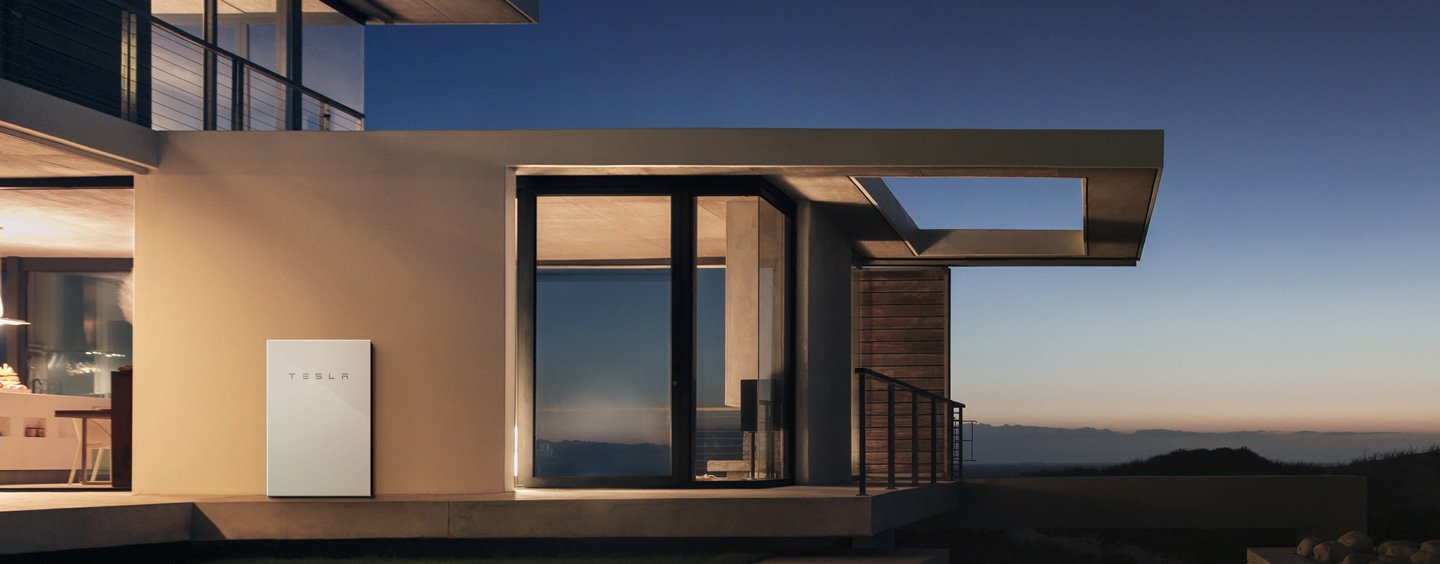The US deployed 42% megawatts more energy storage in the second quarter of this year than in the first, with residential installations overtaking utility deployments for the first time.
The latest edition of ‘US Energy storage monitor’, a quarterly report produced by Wood Mackenzie Power & Renewables (formerly known as GTM Research), also found that the overall US market also enjoyed an increase in megawatt-hour figures. From 123.6MWh in Q1 2018, that statistic grew to 156.5MWh in Q2 2018, a 24% jump.
With the exception of Q2 2017, when a large amount of battery storage was deployed in California in the wake of the infamous Aliso Canyon gas leak, the second quarter of this year has been the US’ biggest quarter to date for storage capacity deployment.
The behind-the-meter (customer sited) segment, including residential, performed particularly strongly, constituting 75% of Q2’s megawatt deployment stats and almost two-thirds of megawatt-hour figures.

As with previous editions of the ‘…Monitor’, various policy moves and drivers for deployment in individual states are examined, while the Wood Mackenzie (WM) analysis team also look at macro topics. This includes a discovery that lithium-ion battery price declines have slowed in pace, with the report’s authors predicting a 14% decline over 2018, compared to 15% in 2017 (see picture).
The latter is the result of NMC (nickel manganese cobalt oxide) cells being in high demand from EV manufacturers as well as from the stationary storage industry, with demand outstripping supply. That said, over the next two years as production volumes increase, the WM analysts expect the price declines to resume their former rapid pace.
Conversely, lithium-iron phosphate (LFP) batteries, often favoured by stationary storage makers for their better performance under fire safety metrics are mostly made in China. Used mostly in E-buses and trucks, and with a lower energy density than NMC cells, WM expects price declines to continue at a fairly quick pace. This means that while LFP batteries remain abundant for stationary storage applications, lead times to get hold of large numbers of cells are much shorter than for NMC, where six to nine months waiting can sometimes be expected due to that high demand.
Read more: Energy Storage News